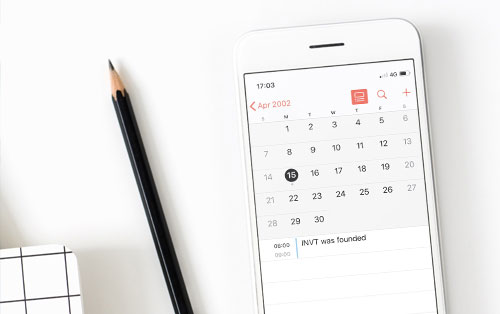The package drop test is the inspection on the accident that the product may fall from the means of transport or working table during transportation, handling and storage. The package will be designed with a comprehensive consideration of cost and protection capacity. The test is mainly used to evaluate the shock strength of the transport package under vertical impact and protection capability of the package for the contents. The drop test is generally used as a part of a series of package tests (such as temperature and humidity storage, vibration, stacking, etc.).
With taking reproducibility into full consideration, the test strictly stipulates the dropping height, direction, sequence, times and other information, which has a comparative reference in the case of repeated drops.
Test conditions: The most important thing in the drop test is the manner of packing and weight. According to the weight, it can be divided into different standards or different dropping heights specified within the same standard. For example, the ISTA standard generally divides below 68kg weight into A series standards, and above 68kg into B series standards. For the same standard, such as GB/T 2423.7, the weight is divided into 0–15kg, 15–40kg, 40–75kg and other sections. The handbarrows for the packaging of each section vary with the weight, and the drop height caused by rough operation changes accordingly.
Test standard: GB/T 2423.7, GB/T 4857.5, IEC 60068-2-31, and ISTA series are most commonly used.
Drop direction: Generally surface drop, edge drop, and corner drop. Different standards have different regulations on the location and frequency of the drop;
Surface drop: The maximum angle between the dropping surface and the horizontal plane shall not be more than 2 °;
Edge drop: The maximum angle between the dropping edge and the horizontal plane shall not be more than 2 °, and the error of the angle between the surface and the impact surface shall not be more than ±5 °or 10% of the angle, so that the packaging gravity line passes through the dropped edge;
Corner drop: The error of the angle between the surface and the impact surface shall not be more than ±5 °or 10% of the angle, so that the packaging gravity line passes through the dropped angle.
Test equipment: Our test equipment is an air-arm type package drop tester, which can carry out the drop test of the package below 70kg and below 1.3m height, meeting the requirements of mainstream test standards. All packages in the R & D phase will be verified by the drop test before they can be transferred to production.

Benefits to product improvement:
1. The improvement of cushioning material: The imperfect protection for protrusions such as product scaffolds, foots and water nozzles that may be ignored in the actual design can be quickly detected by the drop test and timely modified and solved.
The following picture shows that the product protrusion punctures the carton, and the cushioning material does not effectively protect the protruding material.

2. Verification of the carton thickness: When the cushioning material is punctured, the carton, as the last line of defense, shall bear the supporting and breakage protection, but in the actual test, there is still a partial puncturing of the carton so that some structural parts of the prototype are deformed. It shows clearly that the drop test is necessary.
The following picture shows that the carton is punctured by the contents, and the contents are deformed.
















 Facebook
Facebook
 Twitter
Twitter
 Google+
Google+
 LinkedIn
LinkedIn
 Prev
Prev








